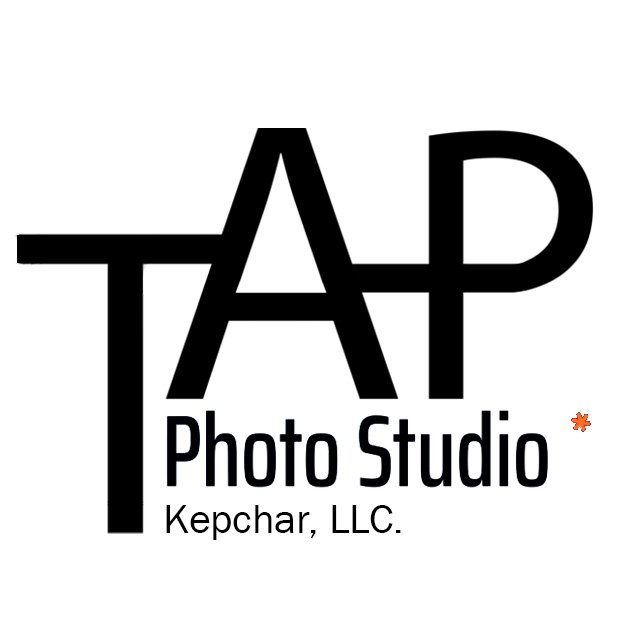We just finished shooting for another local Asheville nc honey company, Tjo Honey. This product is a beautiful, raw, unfiltered honey that we shot in two sizes, one larger in glass and a smaller in plastic. Because the honey was raw this time, and much less translucent than processed honey, we couldn't illuminate the product from the back by bouncing light or aiming light through it, so special attention was paid to illuminating the surface of the honey in a descriptive way.
How we shoot small products on a white background, tips and tricks and some advanced photography techniques:
The general lighting setup for this shoot is drawn below. The equipment used was white seamless background paper, 3 strobes, two softboxes, four boom arms of varying sizes, flimsy small boom arms work great for holding up diffusion cloth, a table top, a camera and tripod, and a computer to tether too. All of this in a room with controllable light. A good way to test and see if your lighting setup is not mixing with uncontrolled ambient light is to disconnect your flashes and take a picture (without changing any camera settings). The image that you capture should be black indicating that no ambient light is competing with your set-up.
Once you are set up the next task is to set the camera and balance the light. Take a camera and put a lens on it, I used a 55mm lens. That's probably as wide as you would want to go. Use a 50mm or an 80, or 100 or 200. Note your close focusing distance.
Here is a good starting point for your camera: set your camera on manual, your ISO to 100, your shutter speed to 1/160th of a second and your aperture to F11.
For your lights: I would first turn on the large softbox on the left, and adjust its output to render a nice high-key exposure on the bottle. Then turn on the back strobe. You want the background to be two stops brighter than the light cast on the bottle and tabletop. Use a light meter if you have one, or you can rely on the histogram. You want to achieve 99% of your pure white background in the camera, but don't overdo it or light will spill off the background and onto the edges of your subject. Then play around with the back right rim light, try to see if there are any positions that highlight features of the bottle like the ridges on the larger honey jar. This light will be much weaker than the other two, and only used to add some sculpting light to the opposite side of the main light.
At this point the image is almost formed and ready for some post processing. An inevitable issue at this step will be the tabletop itself being not pure white like the background. There are multiple ways to address this in post, or in the camera, depending on your particular situation. Adjusting whites and highlight in adobe camera raw could potentially fix the problem, or get you very close to 255,255,255 white (that's pure white in the RGB decimal code or in HEX code #ffffff). You could select out or paint out the bottom. Or, if you want to achieve pure white completely in camera use a translucent table top and light it from the bottom. Or use a transparent table top and light a white card behind the plexi about 2 stops above the exposure of the product like the background. You could also extend the seamless paper in a long sweep instead of having a separate white card.
Now that you produced a near on white image, the post production work to complete a true 255 white background all around should be very minimal. Use color select in Photoshop to make a selection of your background, or to test and see if you have accomplished your pure white background task. Select it out and used layers>new adjustment layer>levels to achieve the white background. Adobe camera raw adjustments can all but completely process your files if you did things right. Use the highlights and whites sliders. If these adjustments are negatively affecting the product: process out two versions of the raw file open them as two different layers of the same file and then select and mask!
We love this Asheville nc local honey are happy with our finished product. We hope this helps give you some more tips and tricks for producing beautiful on white small product photography wherever you are.


